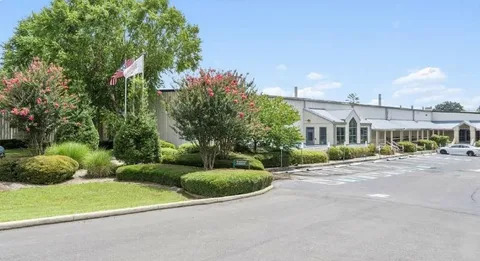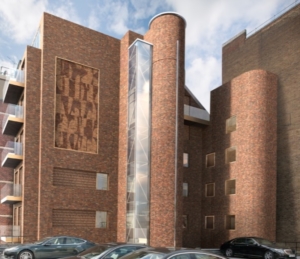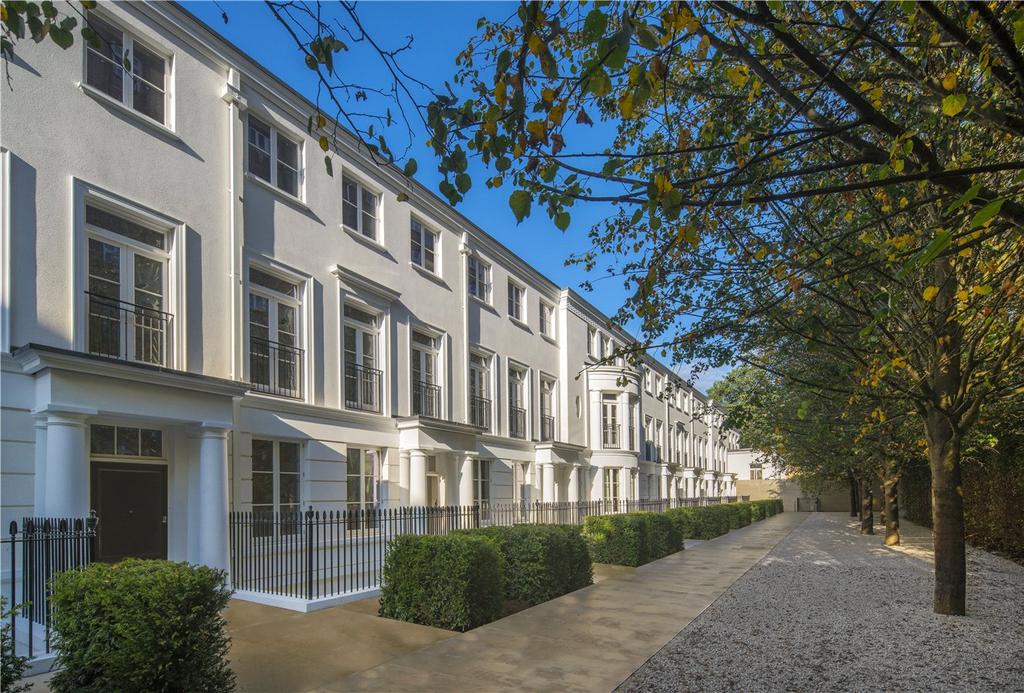
Holborn’s Residential Renaissance And How One Saudi Player Is Part Of It
August, 2017
Few parts of London have as much medieval magic and history as Holborn, once a borough in its own right. The district stretches from Smithfield to Covent Garden, taking in the Hatton Garden jewelry quarter and Chancery Lane’s Inns of Court.
Although it has been “urban” since the Middle Ages and still hosts ancient trade guilds, it has always changed with the times. It is not an area that springs to mind as residential, which is something of a mystery given its convenient central location.
Now however, it is having its day in the sun. Holborn is finding a new identity as a top address, with tasteful homes for a new generation of local employees — wealthy lawyers and accountants as well as successful creatives — who want to live close to their global companies and whereas in the past the few new homes that were built were mostly modest crash pads, the latest crop are bigger and more luxurious, designed for seven-day living.
No stranger to real estate investment in the UK and London real estate market is the Saudi Arabian financial service provider Sidra Capital. Established in 2009 the company actively advises clients on UK real estate investments. Much of the new housing is niche – boutique developments in keeping with the area’s individuality, though bigger projects are being developed.
“One of the delights of London is discovering its secret history, and all three of our projects that we have worked on let you dive into the mists of time in one way or the other,” said Currim Oozeer, CEO of Sidra Capital. “Aldwych Chambers sits in a cul-de-sac with an arched entrance to the Inner Temple enclave of barristers’ chambers and gardens, and also has “secret” steps down to the Embankment. Another example is our Chancery Lane project, which takes its name from the historic High Court of Chancery, which started its association with the area when Robert de Chesney, the Bishop of Lincoln acquired the ‘old Temple’ in 1161.
Also there is Pinks Mews, which offers 35 homes in what could be a film set for a Charles Dickens drama.” Indeed, Charles Dickens himself wrote about the passageway’s sense of sanctuary in the novel The Mystery of Edwin Drood. “It is one of those nooks, the turning into which, out of the clashing street, imparts to the relieved pedestrian the sensation of having put cotton wool in his ears and velvet soles on his boots.”
Pinks Mews is hidden behind listed Staples Inn, a splendid timbered Tudor structure, the gated cul-de-sac of Victorian warehouses was originally owned by the Worshipful Company of Dyers, a guild of textile dyers dating from the reign of Henry VI whose coat of arms features three bags of madder, and a plant that produces the bright red pigment once used to dye hunting jackets, known as “pinks”.
Lined on both sides by six-storey buildings, the cobbled mews between is merely three meters wide. A high scaffold with conveyer belts for hoisting materials and workers temporarily fills the void, while the road itself has been removed for excavation below and will be reinstated later. The dig has revealed medieval storage vaults and brick culverts where wool was washed.
Only the façades of the original buildings are being kept — renovated and enhanced by new Mansard roofs. More than 300 tons of steel provide the support structure for the new properties, a mix of lateral flats, duplexes and double-height, and three-bedroom penthouses. One property has 15 windows and all of the homes have high-quality interior design, with stone, oak and marble surfaces, bespoke joinery, comfort cooling, underfloor heating and a Sonos AV system. These are the same specs one would expect in a £10 million Mayfair home.
Since the Sixties, Holborn has been at the heart of the so-called “Midtown” commercial district between the City and the West End. Holborn property values have increased by 162 per cent since 2003, more than better-known neighbors, but there remains room for growth as the area becomes more established.
“Demand continues in areas such as Holborn (Midtown), Bloomsbury, Farringdon and the City Fringe, which have historically been known as professional and office locations, said Mr. Oozeer. “The appetite for residential has picked up in these areas as they are being considered as prime central London, while being in a lower price bracket than other more established prime areas and hence viewed as relatively good value. Crossrail is the key catalyst for growth here. Property prices in Midtown the neighborhood which is loosely based around Holborn, are on average less than £2,000 a square foot compared with £3,000-£4,000 a square foot ten minutes’ walk away in Covent Garden, for instance.”
The average price of a property sold by CBRE in Midtown in the first three months of this year was £1.842 million, with resale values 38 per cent higher than at the beginning of 2015 and new-build properties 19 per cent higher.
The superb and successful regeneration of once seedy King’s Cross and a residential revival in Bloomsbury have helped boost Holborn, which roughly divides into two sides – the noisier and congested chunk on the boundary with the West End and Covent Garden, and the quieter eastern flank towards the Old Bailey, where shops still close at weekends.
There are some fine commercial buildings being converted into homes, especially along Kingsway, which city planners want to upgrade by turning them into a Parisian-style boulevard with grand flats above shops, cafés and restaurants.








































